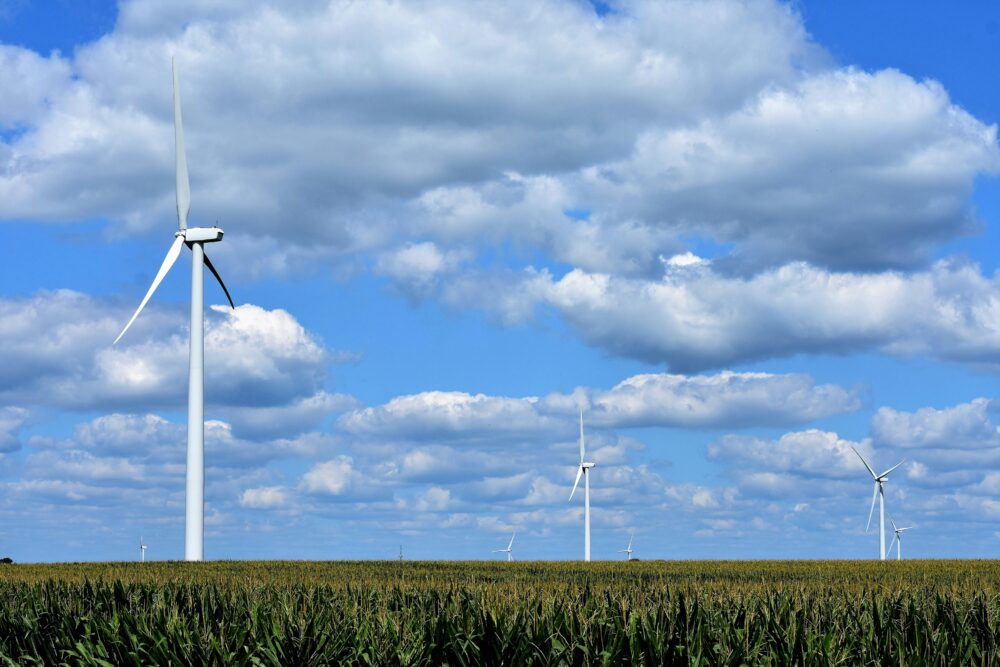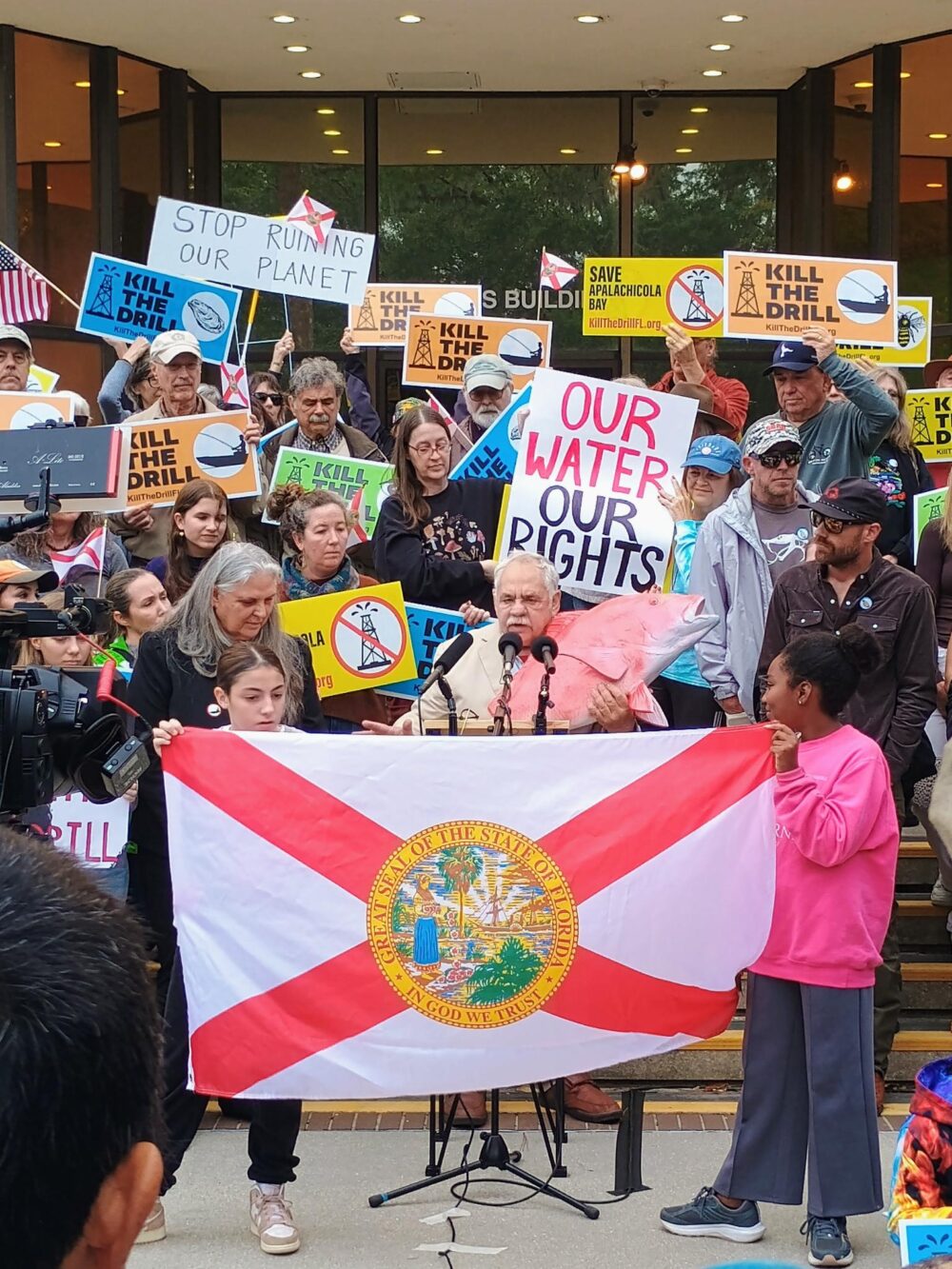We have much more to do and your continued support is needed now more than ever.
White House Continues to Shortchange Wetlands & Streams
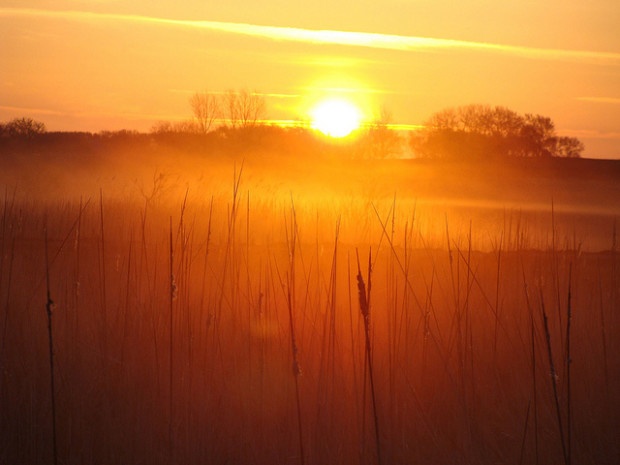
But as American Wetlands Month kicked off last week, another water-related anniversary quietly slipped by…but it wasn’t a happy one. May 2nd marked the two-year anniversary since the EPA and Army Corps of Engineers submitted proposed clean water guidance that restores and clarifies Clean Water Act protections for America’s wetlands, lakes, and streams.
This widely supported guidance has been languishing at the White House in final form for over a year. Meanwhile, 20 million wetland acres and an estimated 2 million stream miles are at increased risk of pollution and destruction. Over half of America’s streams and rivers are in poor condition according to the latest National Rivers and Stream Assessment. And, for the first time since the 1980s, wetland losses are on the increase again.
Not exactly the most fitting celebration for the 23rd anniversary of American Wetlands Month.
This unacceptable two year delay of action to restore crucial Clean Water Act protections to wetlands, lakes, and streams is costing our wildlife and our drinking water. The Obama administration should promptly finalize the clean water guidance and proceed with clean water rulemaking. Doing so is a crucial first-step toward restoring lasting protections to wetlands, lakes, and streams that are currently at risk.
Wetlands Under Attack
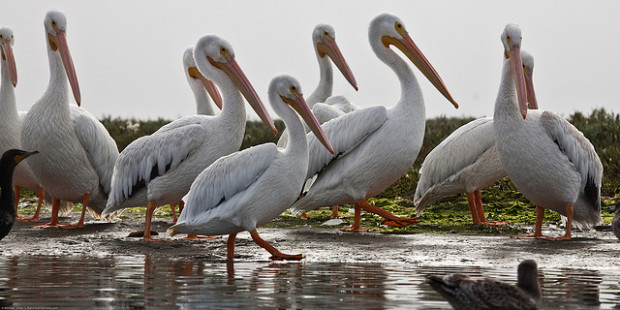
But prairie potholes are not simply America’s “Duck Factory,” they also function as sponges and store water, reducing the risk of downstream flooding in the Red River as well as the Missouri and Mississippi River Basins. It is imperative to restore Clean Water Act protections and bolster agricultural wetland conservation measures to protect these valuable prairie wetlands.
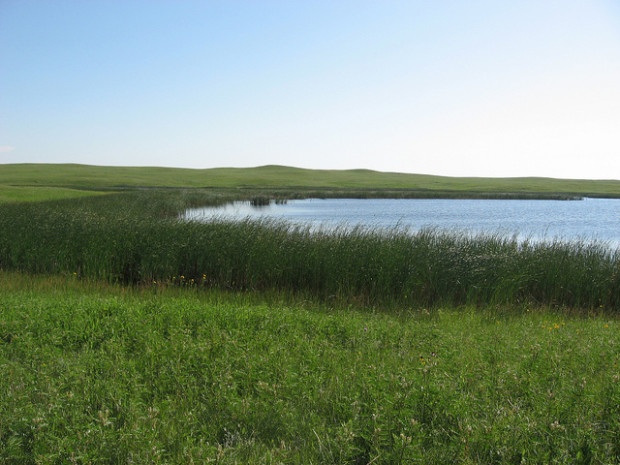
Let’s give our wetlands a better celebration – Act now to restore Clean Water Act protections
Our nation’s large, more iconic and recognizable rivers, lakes, and coastal waters depend on the health of the smaller streams and headwaters that sustain them. If the Clean Water Act doesn’t protect this network of small streams and wetlands, how can we hope to ensure the lasting health of our nation’s larger waterways?
It’s time for the administration to take a stand to restore protections for millions of wetland acres and stream miles. The very fate of our nation’s clean water and wildlife depends on it.







